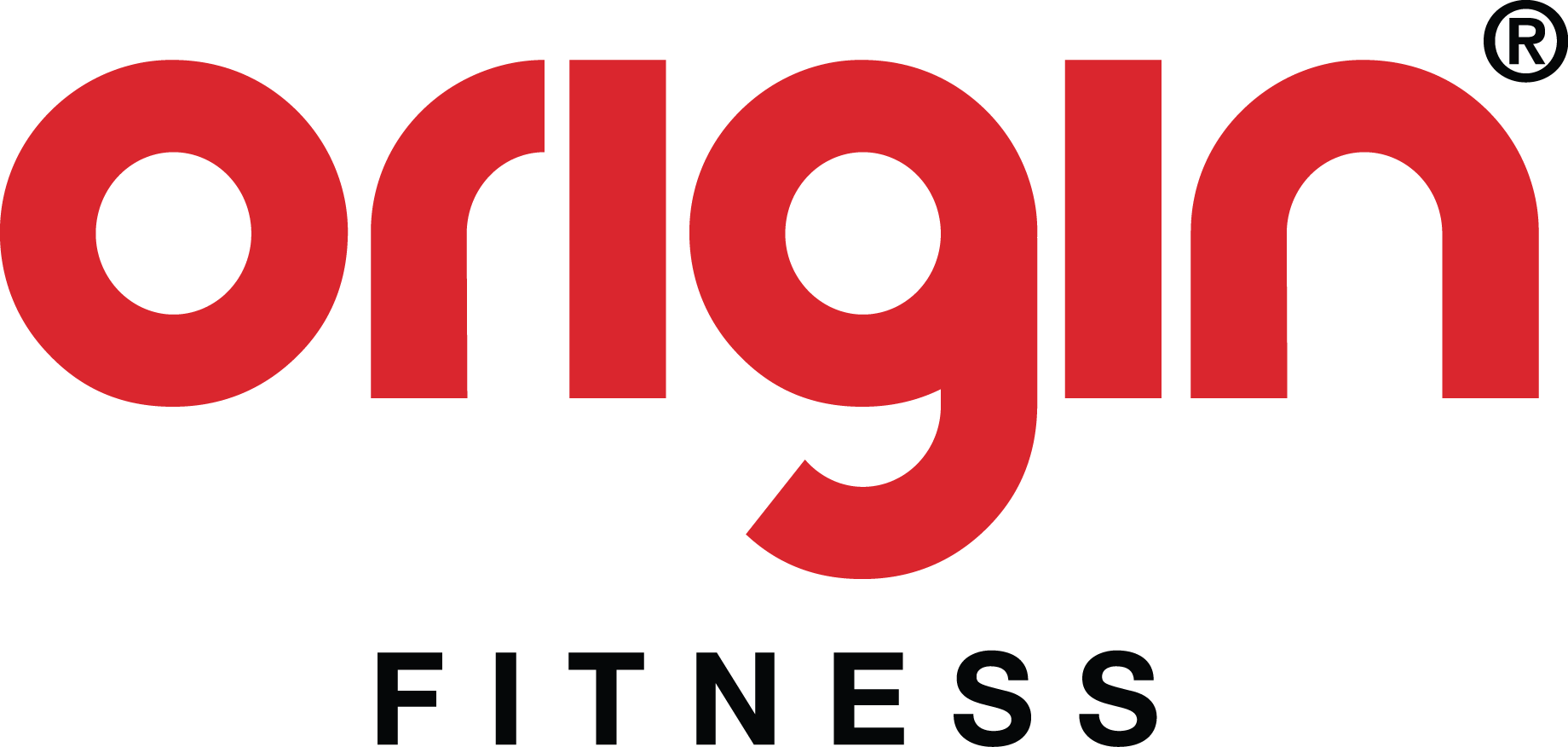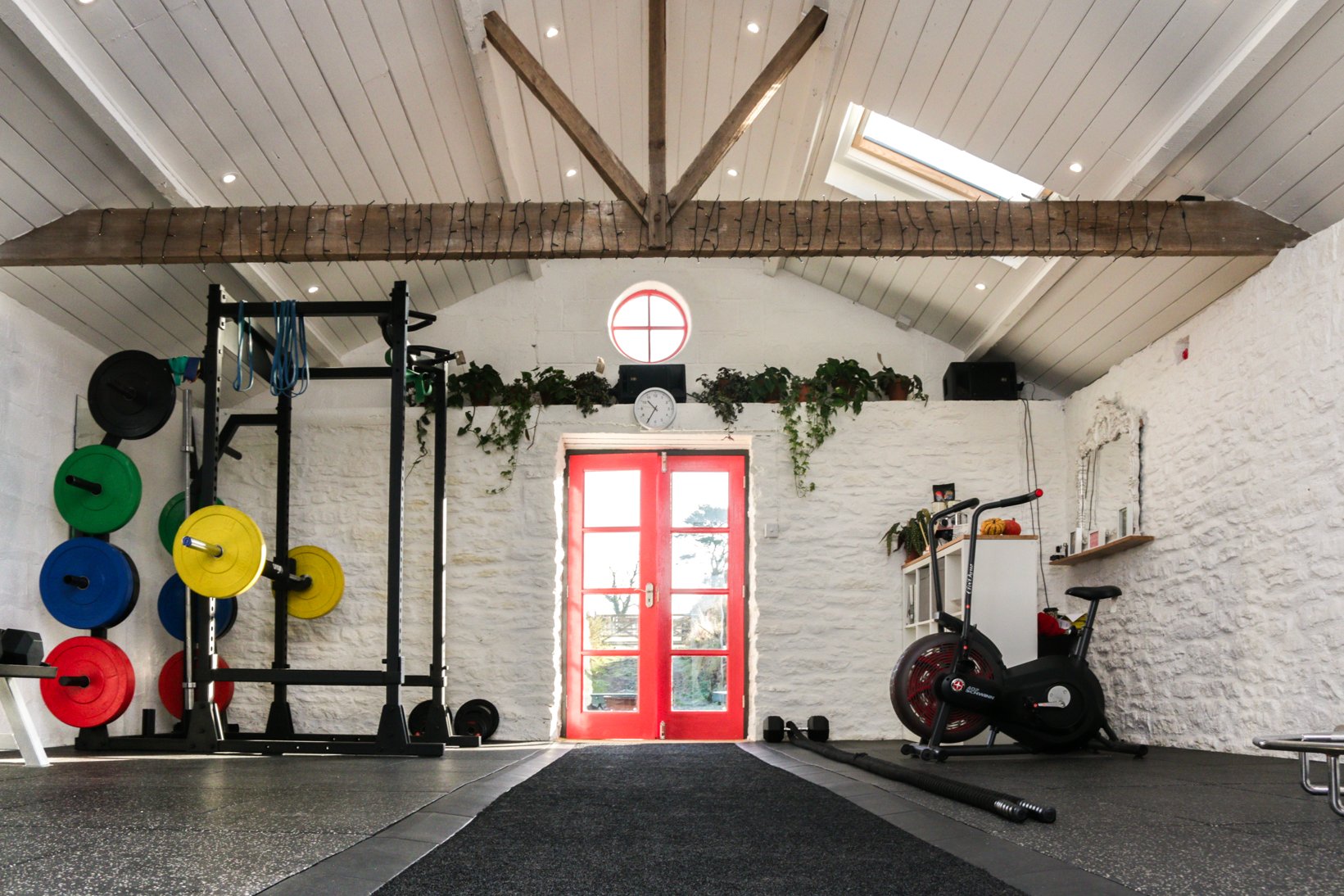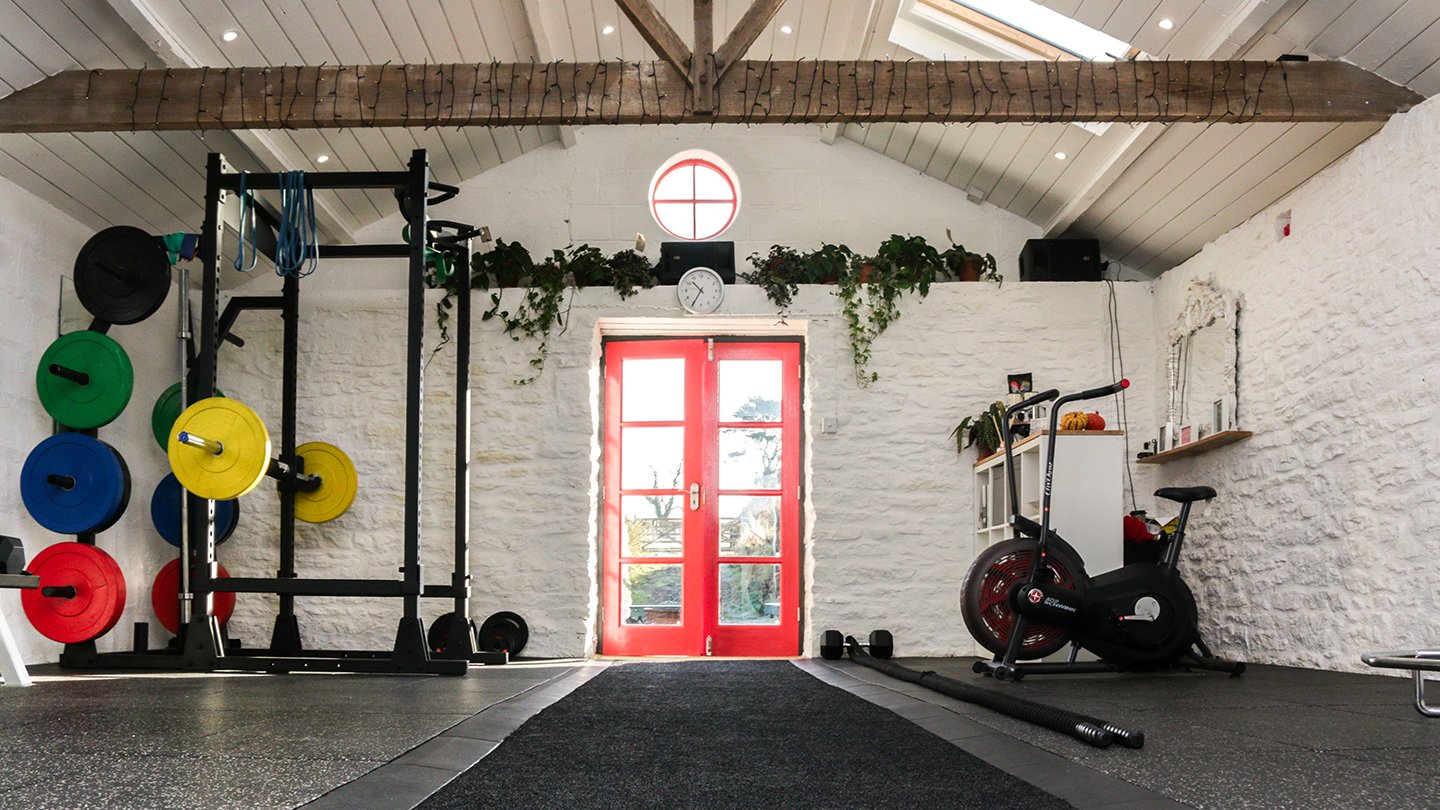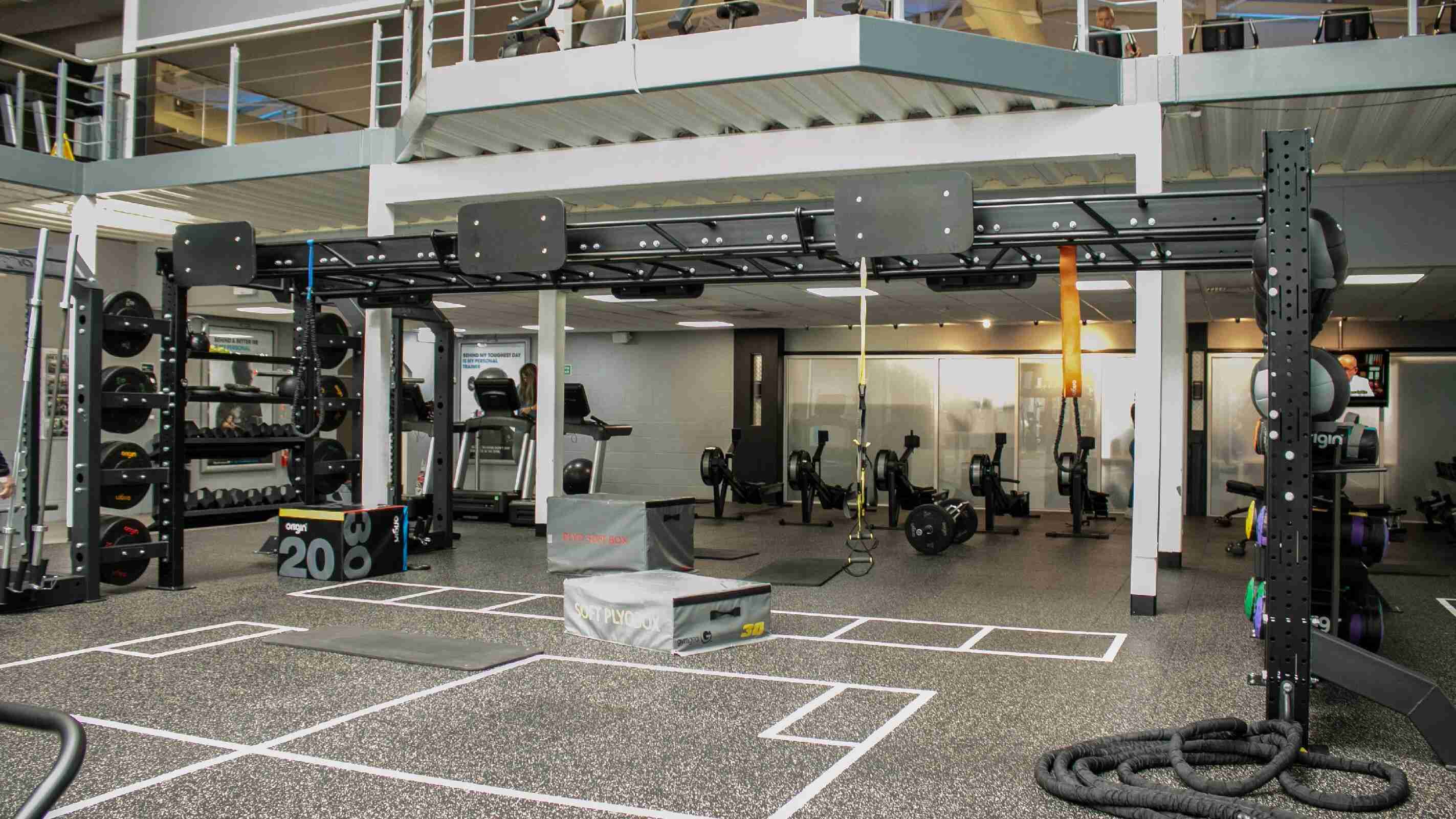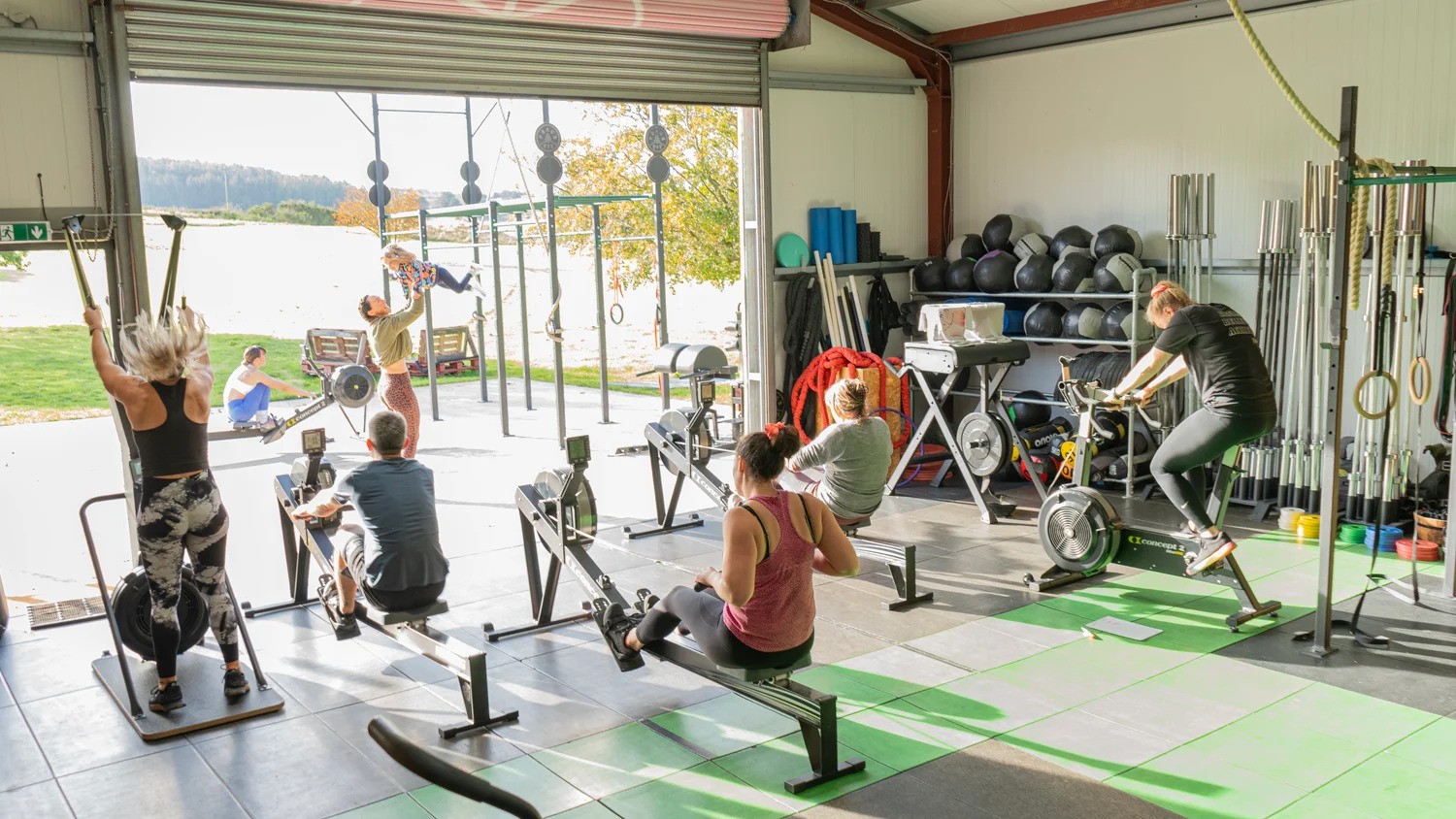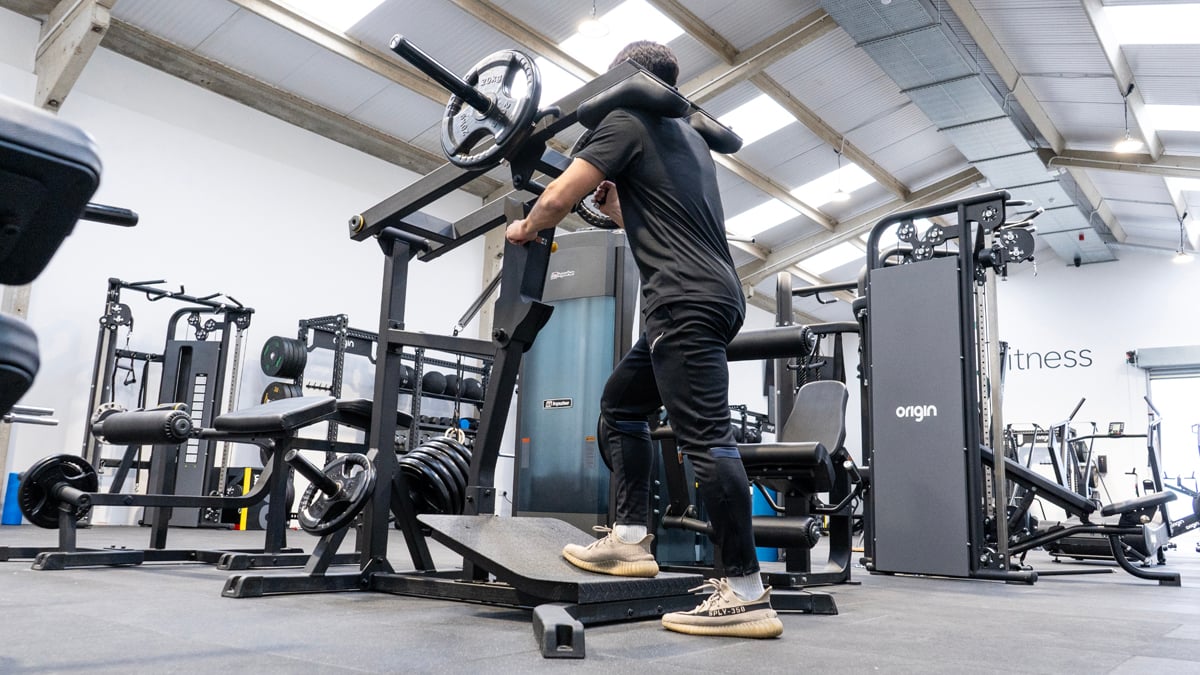0%
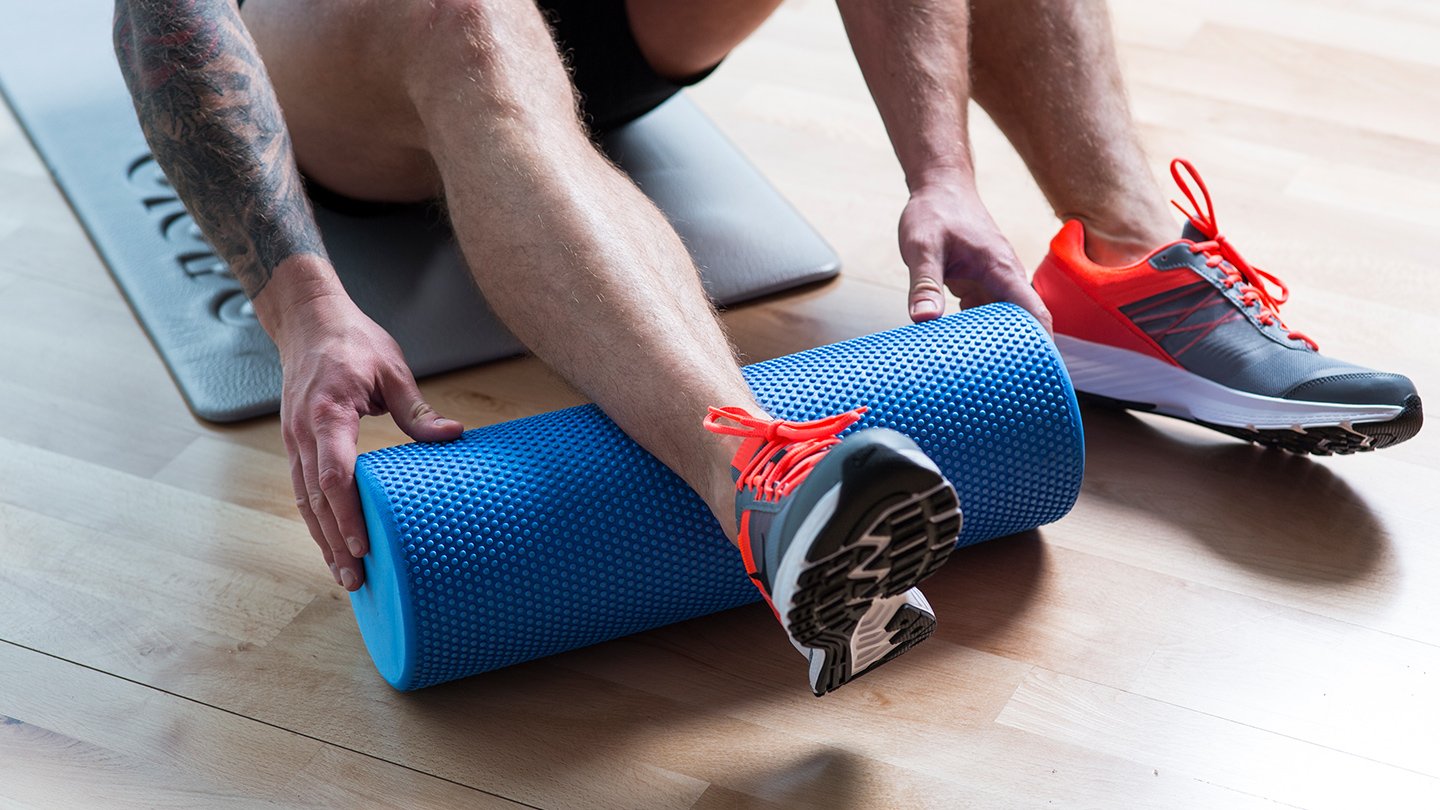
For many runners, nothing beats pounding the pavement. The sun and wind in your face, varied scenery and different surface choices make running outside the first choice. However, the British weather is not always so cooperative and can play havoc with motivation and training schedules. In this article, we have gathered our best tips to adjust your training during those miserable weather days and stay on track with your fitness goals.
Recovery Training
Changing your routine will not only energize you, but can give you a mental break from your normal running schedule as well. Particularly, if you have injuries which require a spell of rest or you’re just feeling a little under the weather. Cross training in the gym using a variety of cardio and strength machines is the key to keeping your training plan on schedule.
Treadmills
Mix up your training indoors by pacing your miles on a treadmill. Treadmills are perfect for precision training as they can be adjusted to different paces, inclines and allow very specific interval training. Either by using pre-programmed sessions or by designing your own. A treadmill program can provide the strict oversight you might not give yourself during a session on the road (it also won’t miscount sets or forget to pause the watch).
Research has found that the biomechanical differences between walking at high intensity on an incline and running are very small. This means that walking at high intensity on a steep gradient is like running but with lower impact. Incline walking therefore mimics a recovery run, allowing joints and muscles to recover from a previous long run. By ramping up the intensity, you can get the same fitness benefits without building up the need for recovery afterwards.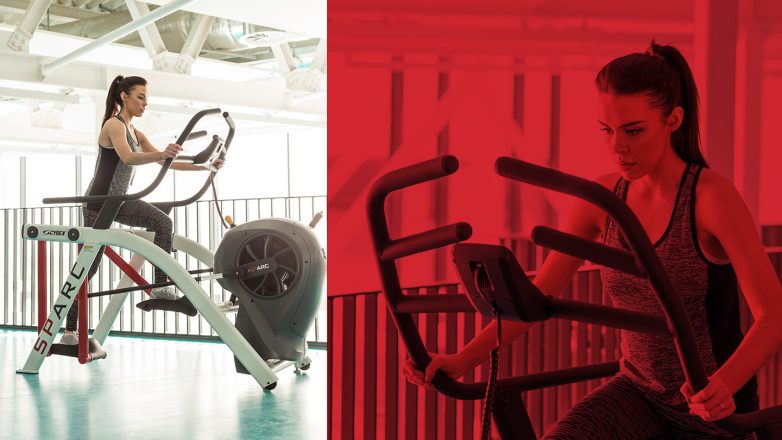
Arc and Cross Trainers
The Cybex Arc trainer is a valuable piece of equipment to introduce in to your training schedule. Cross trainers like this engage the quads and glutes but have been developed through research to have considerably less impact on the joints. This means it can be used for longer periods without the strain on your knees hips and back. This is ideal for runners as the incline can accommodate and replicate hill training at endurance or interval options. The variable ‘arc’ range of motion means this cross trainer is one that runners will find challenging, something they often cite as a reason for not using the traditional elliptical.
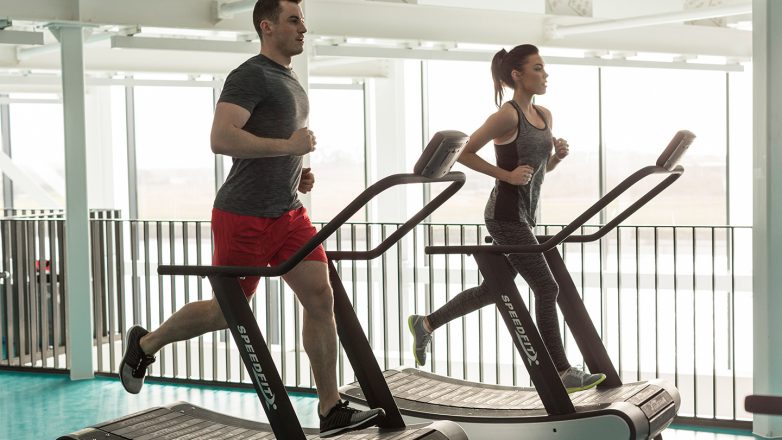 Speed Training
Speed Training
When it comes to building your speed indoors, curved treadmills like the Speedfit Curved Treadmill are the ideal training tool. They are self-driven so there is no motorised support, meaning you completely control the power you put in to your workout. Speed intervals can be done without the need for pre-programming – just jump on and go. Next to the physical power you’re required to put in, curved treadmills encourage great running form through a natural toe-heel strike. This has less impact on your joints and can improve your running performance over time.
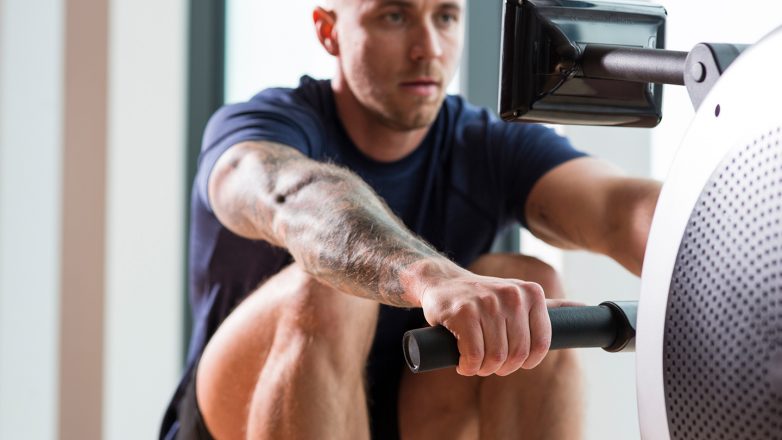
Rowers
Indoor rowers and upper body ergometers also provide a great interval cross training tool. They’re low impact, high calorie burning and great for increasing cardiovascular efficiency. If you are looking to lose a few pounds before race day or improve your cardiovascular endurance, without putting in physical miles on the road, indoor rowers could be the solution you’re looking for.
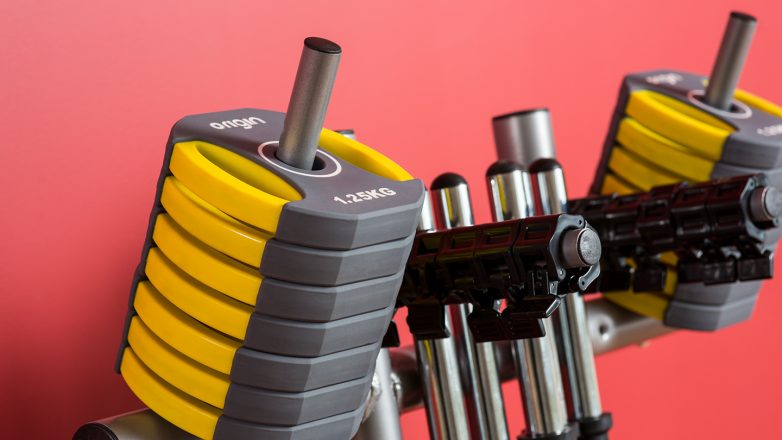 Strength Training
Strength Training
Long distance and sprints both take more than just stamina and experience to succeed. Strength is a vital area to work on if you are looking to achieve a personal best time or distance.
Functional Accessories
Circuit routines are a valuable addition to your running training. Using battle ropes together with suspension training systems, kettlebells, dumbbells and resistance bands give you the perfect opportunity to work on the weaker aspects of your body and core.
Increasing core strength reduces the risk of injury, specifically during long distance running events, as it will make sure you maintain proper form throughout. Doing a variety of circuits can be used to great effect to spice up the most dull and repetitive training running routines.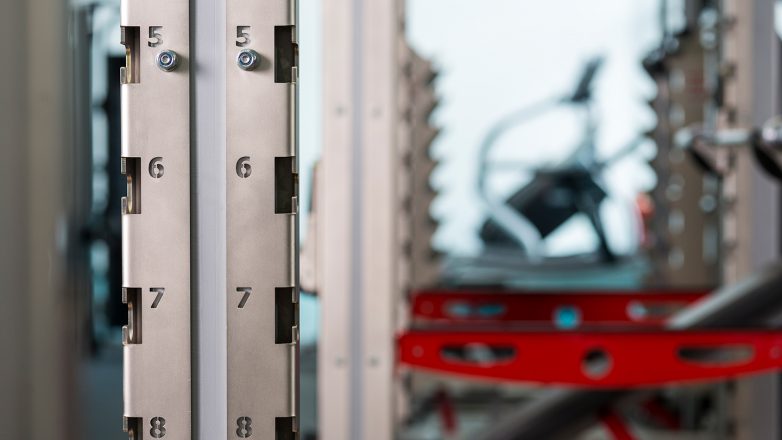
Free Weights
Increasing leg strength should also be at the forefront of your mind when creating your training schedule. Stronger legs are faster and will carry you for longer so you experience less fatigue and loss of form.
Consider squats and deadlifts with free weights, or add resistance machines like the leg press and leg extension to your training programme.
Flexibility Training
Adding in some studio based classes can break up the monotony of training. Runners are often drawn to pilates and yoga classes as part of their training to provide structured opportunities to work on core strength and stretching to prevent injury.
Flexibility focused classes are a great, social way of taking time away from the treadmill or strength area, and test your body for tightness and potential weak spots.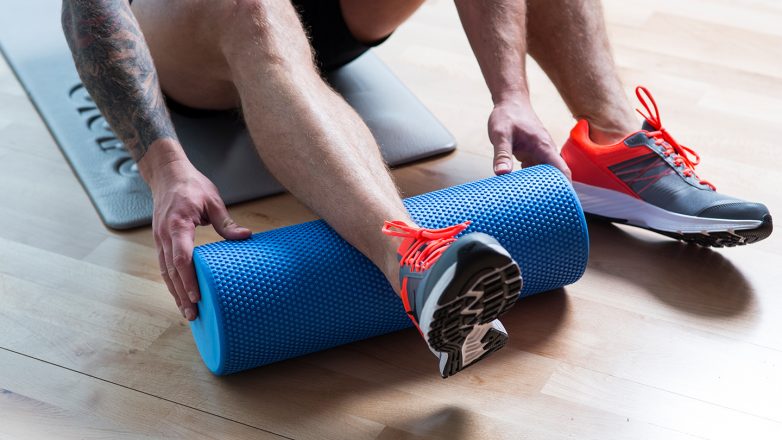
So, when things are not going to plan or you need a little bit of extra motivation/variety along the way, consider introducing these alternative training options to keep you focused and achieve your all-important targets.
